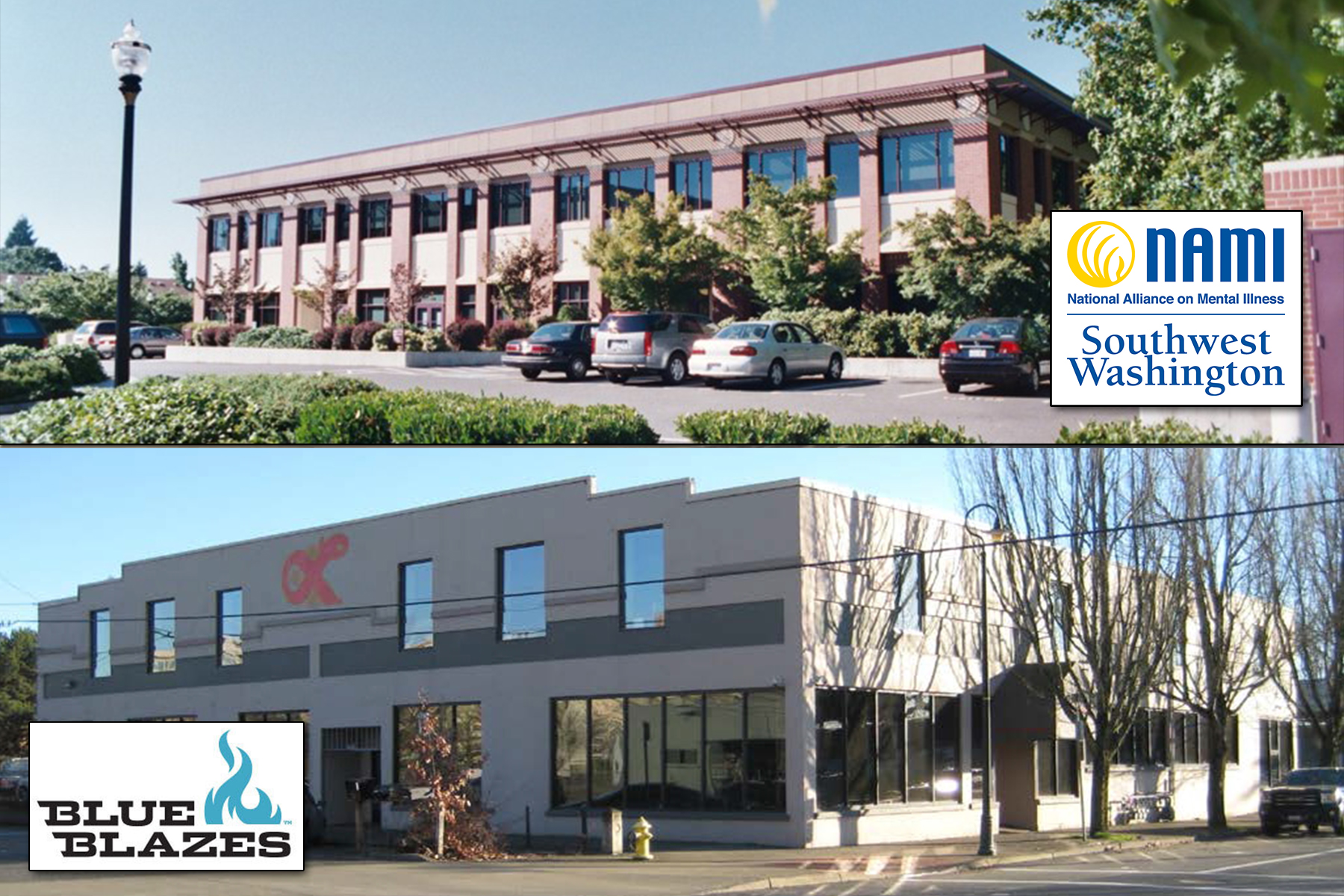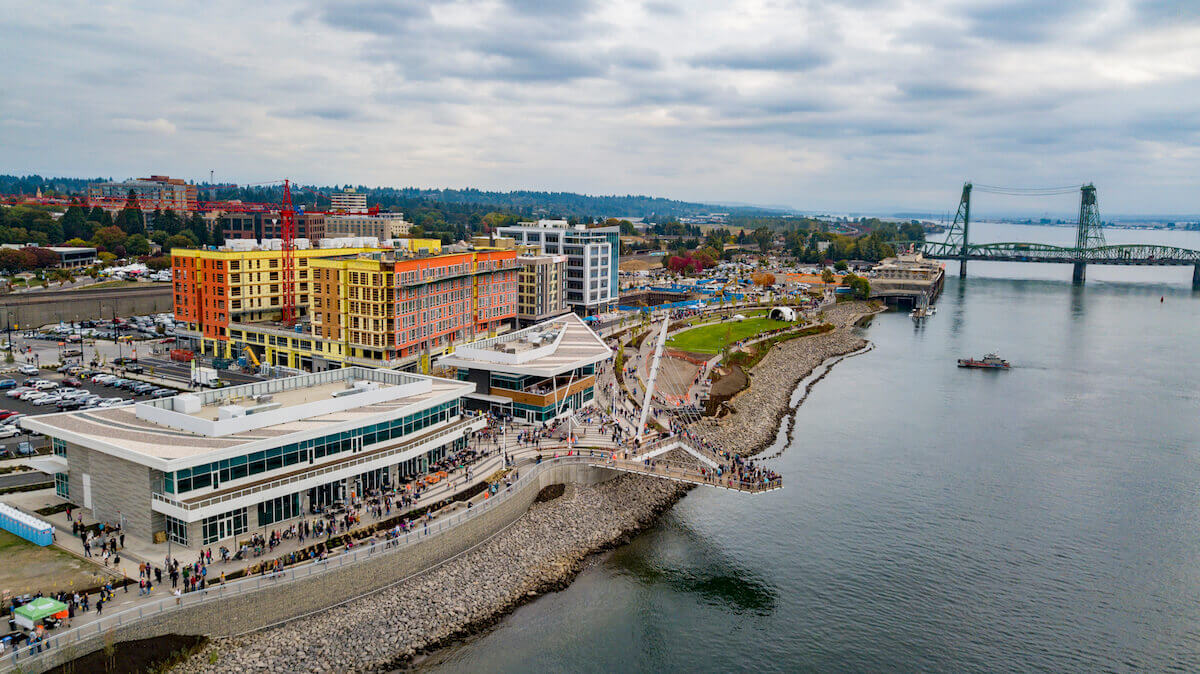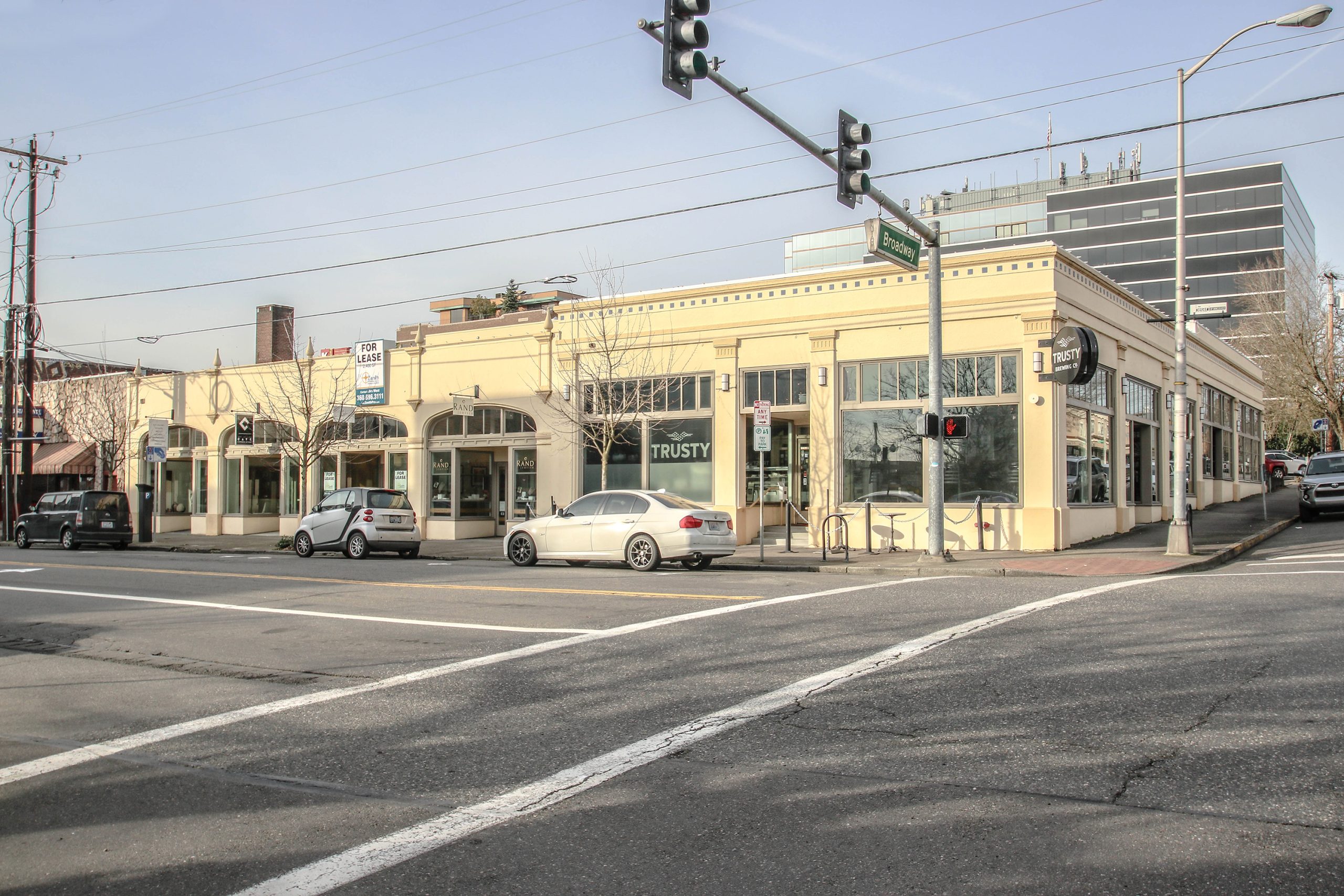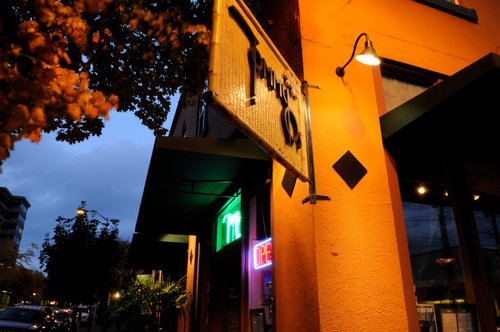Aren’t low-interest rates a wonderful boon for our economy?
Touted by the Fed as a way to spur lending these historic, low levels of interest, generate plenty of press coverage as a great opportunity for residential mortgage refinancing. There is a secondary effect that garners little attention. This artificially low-interest rate policy (ALIRP) create a horrendous squeeze on savers, specifically seniors who counted on their savings to produce income. It now takes a surprisingly large amount of money to generate even a modest income.
In 2006, five long years ago, when Ben Bernake was sworn in as Fed Chair the average 1 year CD yield rate was 5.4%. So a diligent saver who’d put away $100,000 could expect annual income of $5400. Today with US banks paying savers the lowest average interest rates on record barely over 1.5% that same capital generates only $1,500. <strong>This is a 72% reduction in income </strong>, and hits those who have acted most responsibly. These rates may be great at refueling banks capital and feeding profits, but they are starving our seniors/ savers.
If you think this problem is exclusive to individual Americans, it isn’t. Life insurance and pension plans are having their own challenges because they use large fixed income portfolios to fund future benefits to households. These lower interest rates will decrease future payouts in this arena as well. The Fed has pledged to keep rates low for an extended period of time, and will find its double edge sword affecting ever larger numbers of Americans.
So we have low-interest rates, supposedly to stimulate lending, but the government regulators limit lending because of the banking crises. The banks are nervous to lend because they can’t actually charge an interest rate that accurately reflects what they calculate as the risk on the loan. So we all sit and wait, and wait and wait for the thaw to come and the economy to revive.
These federal government economic policies almost force savers to become “investors” if they want to generate any reasonable income from their savings. The results of the last decade of the ” investment of choice”, the stock market has been disappointing at best, and a harrowing roller coaster ride for most.
In spite of the traumas of the past several years there are currently very solid alternatives for reasonable investment yields in commercial real estate properties. Many are selling at prices that generate returns between 7% and 8 %. These can provide decent income and produce growth in IRA and other retirement programs. Properly purchased and managed these can provide income and inflation hedges but of course require doing your home work.
One final word, just so we really recognize who benefits most from <strong>ALIRP</strong>… the entity who is borrowing the money…. our friends who wield the sword… the federal government











